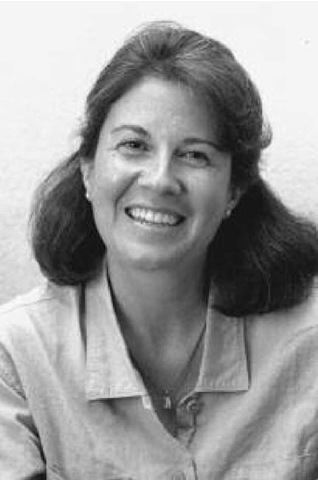Name Isabel Montanez | ||
Institutions University of California, DavisUniversity of California, Riverside Thesis Regional dolomitization of Early Ordovician, Upper Knox Group, Appalachians (1989) Notable awards FAAAS (2012)Guggenheim Fellow (2011) | ||
Isabel Patricia Montañez is a sedimentary geologist and geochemist specializing in geochemical records of ancient climate change. As of 2016 she is a Chancellor's Leadership Professor and a professor of geosciences in the Department of Earth and Planetary Sciences at University of California, Davis.
Contents
Early Life, Education and Career
Isabel Montañez was born in Geneva, Switzerland, to a Swiss mother and a Colombian father. As a child, she moved to Manchester, England, and then in 1969 to Pennsylvania, United States. She enjoyed and excelled at math and science as a child and was encouraged to do a research project interviewing paleontologists by an inspiring teacher.

Montañez attended Bryn Mawr College where she majored in geology and graduated with B.A. in 1981. After Bryn Mawr, she worked as a consultant and then as a museum technician for the Smithsonian Museum of Natural History where she became interested in ancient climate change. She went on to work with Fred Read at Virginia Polytechnic Institute and was his first woman graduate student. She earned her Ph.D. in Geology in 1989.
Montañez started as an Assistant Professor of Geology in the Department of Earth Sciences, University of California, Riverside in 1990 and was promoted to Associate Professor in 1995. She moved to the Department of Geology (now the Department of Earth and Planetary Sciences) at the University of California, Davis in 1998 where she continues to work as a Professor. She is also a role model for women in science in general, and Latina scientists in particular.
Research
Montañez has published more than 100 publications in peer reviewed scientific journals. and has co-edited a number of important books and special journal issues. Early in her career, she focused on carbonate geochemistry and sequence stratigraphy. By correlating the distribution of the mineral dolomite, its geochemistry, and the depositional environment of the host rocks, Montañez documented that some dolomite formed very soon after deposition whereas other dolomite formed during deep burial associated with basinal brines. Her sequence stratigraphic results used the known dynamics of sea level change at that time, plus early dolomite that formed in very shallow water, to evaluate cyclicity patterns due to changes in sea level.
Prof. Montañez's more recent contributions have consisted of developing proxies for paleoclimate reconstructions, still using sequence stratigraphy and geochemistry, including the development of new proxies for climate change. Much of this work has focused on Paleozoic climate change during an extensive glaciation. This work required development of new geochemical proxies for changes in soil chemistry with rainfall. Montañez's research has also extended to Pleistocene records of rainfall in California as well as broader contributions to the understanding of how CO2 in the atmosphere influences climate.
Awards, Fellowships, and honors
Montanez was elected a Geochemical Fellow by The Geochemical Society and The European Association of Geochemistry in 2016 and to the American Association for the Advancement of Science in 2012 and received a John Simon Guggenheim Memorial Foundation fellowship in 2011.
